As one of the highest and most remote inhabited regions in the world, the Upper Mustang of Nepal covers 1,380 square miles but is home to only 5,000 residents.
Although their ancestors had lived there for thousands of years, some Mustang residents are now being forced out of their homes thanks to numerous and intense droughts caused by climate change.
The History of the Upper Mustang Region of Nepal
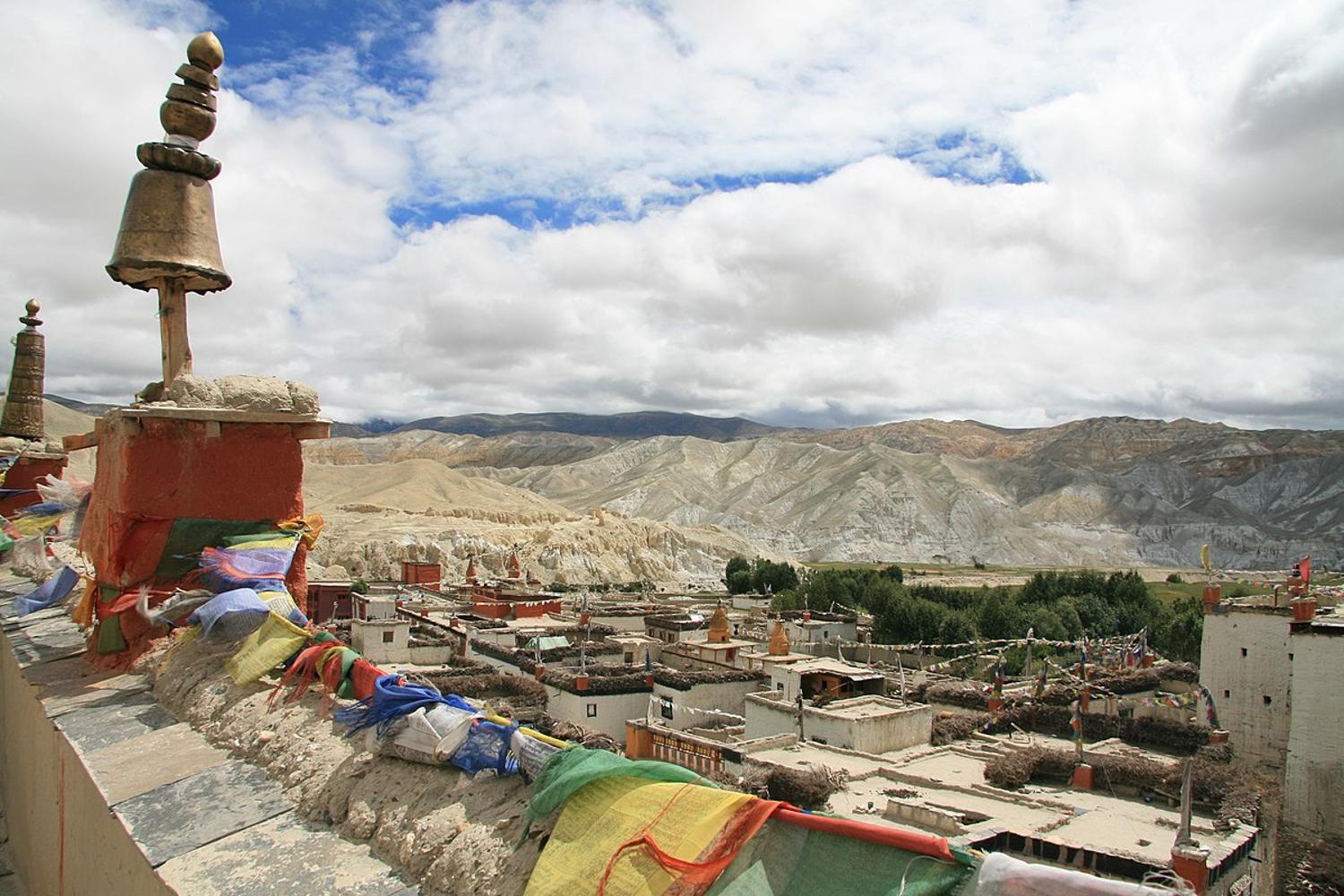
Anyone who has traveled to Nepal and hiked through the remote mountains of the Upper Mustang region can attest to the breathtaking views of the Himalayas, the incredible culture, and the exceptionally kind people who live there.
Those who live in the Upper Mustang are the descendents of ancient peoples who once moved through the mountains nomadically, caring for their livestock and living off the land.
The Upper Mustang Has a Unique Culture
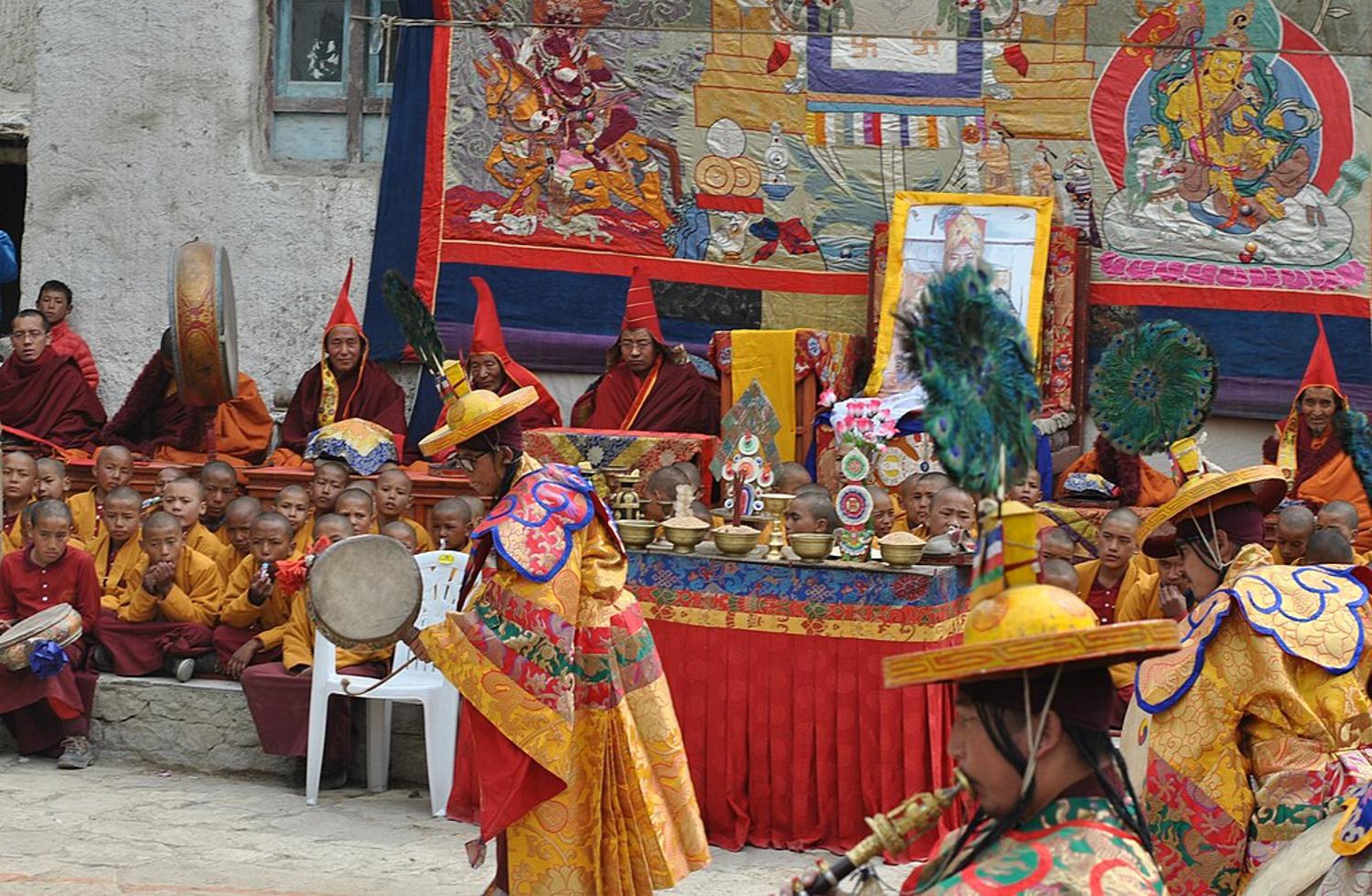
Some 3,000 years ago, these nomadic people moved to the Upper Mustang from the north and created their own language, a rich culture, traditions, and practices that many continue to this day.
Although there are less than 5,000 residents of the Upper Mustang, they greatly value their ancient heritage and the land itself.
Life in Upper Mustang Today
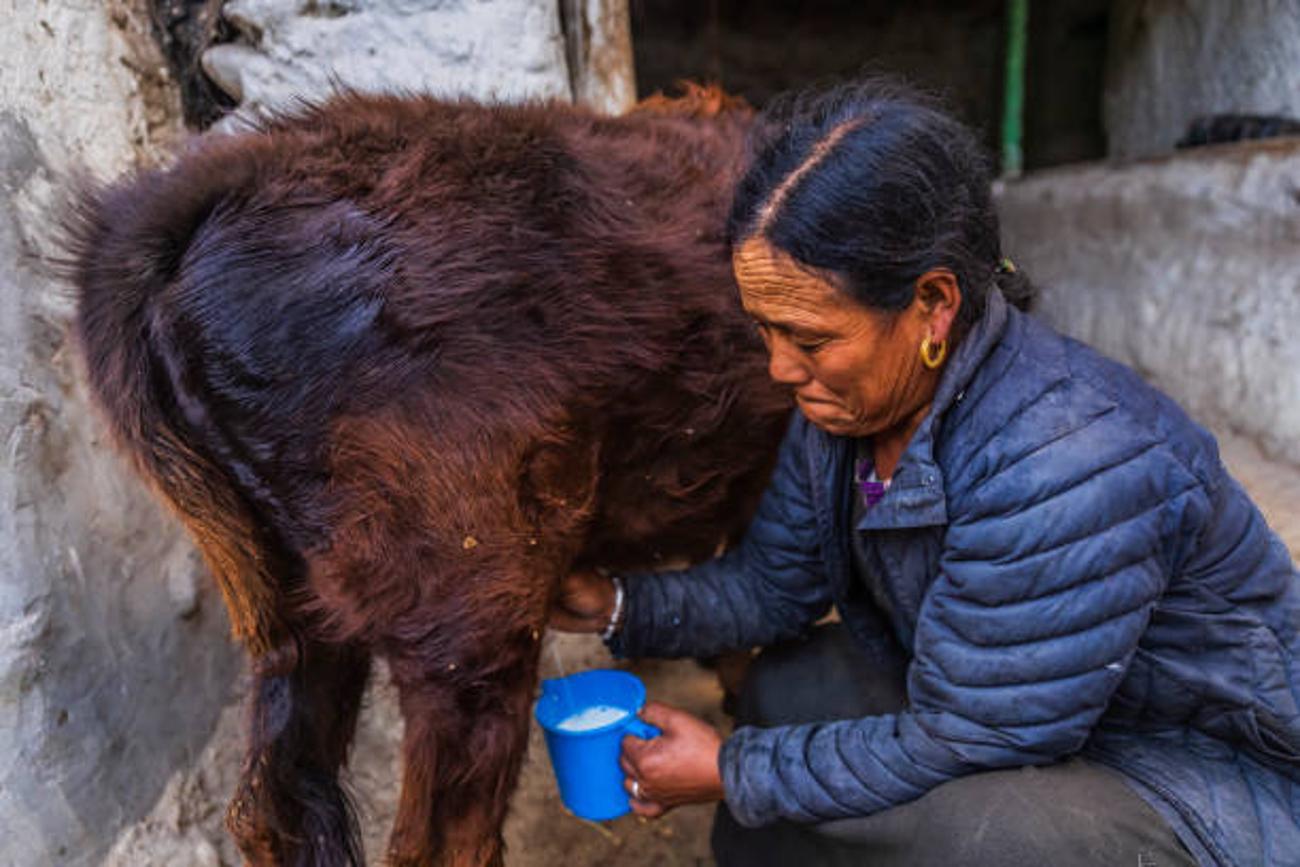
Today, life in the Upper Mustang is slightly different than it was 3,000 years ago. The people still speak their native language and honor many ancient practices, but they are no longer nomadic.
They have set up small towns throughout the mountains where they built homes and monasteries made of mud. They still live off the land and their livestock, but they make their income through trading wool and Tibetan salt throughout Nepal.
The People of the Upper Mustang Are in Trouble
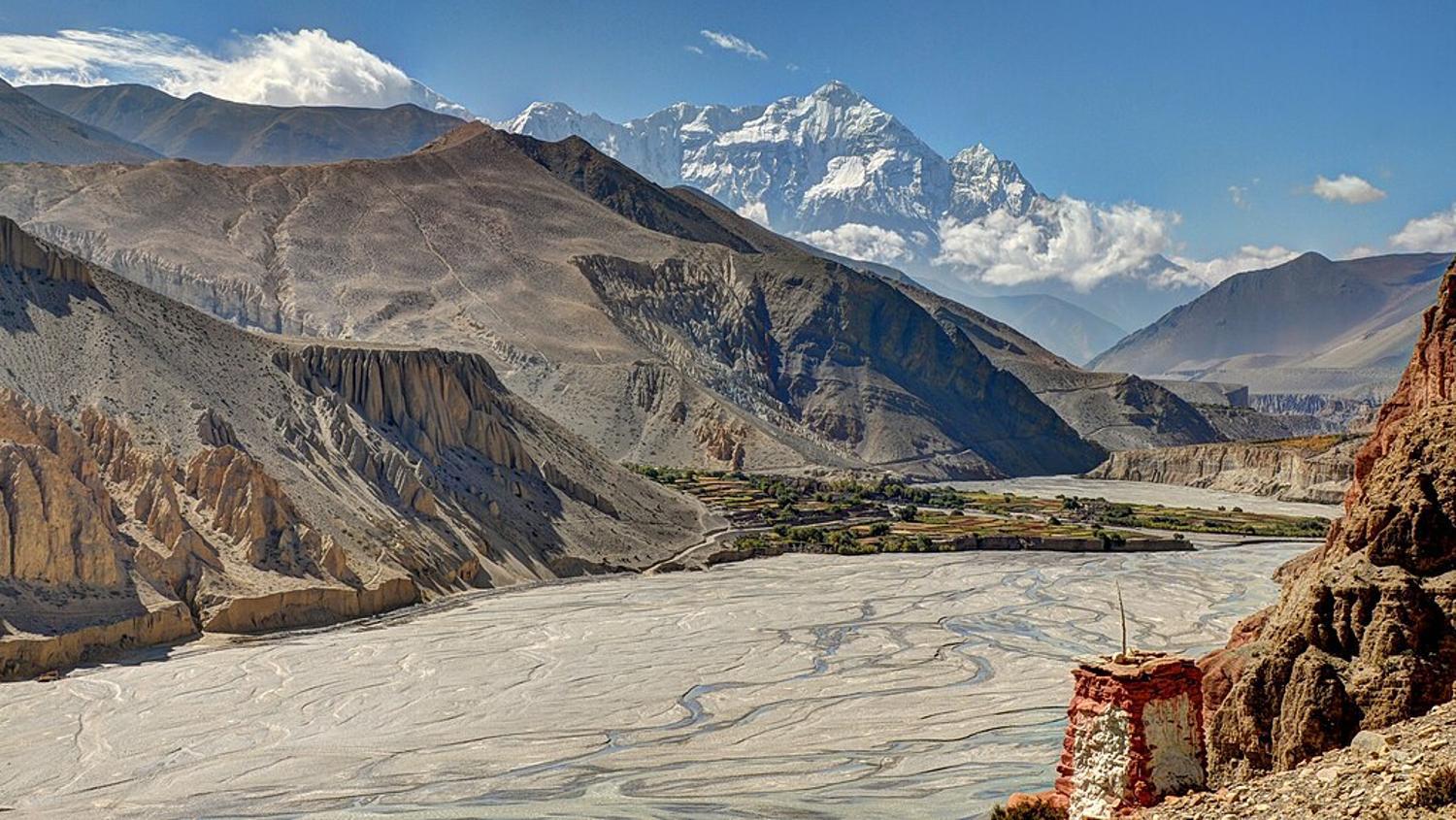
Because of the harsh landscape, Upper Mustang has always proved to be a challenging place to live. However, as the side effects of climate change worsen, the region has experienced more trouble than ever before.
As the Earth’s temperature warms, towns in the Upper Mustang are experiencing intense droughts and flash floods, both of which are detrimental to their way of life.
Drought in the Town of Samdzong
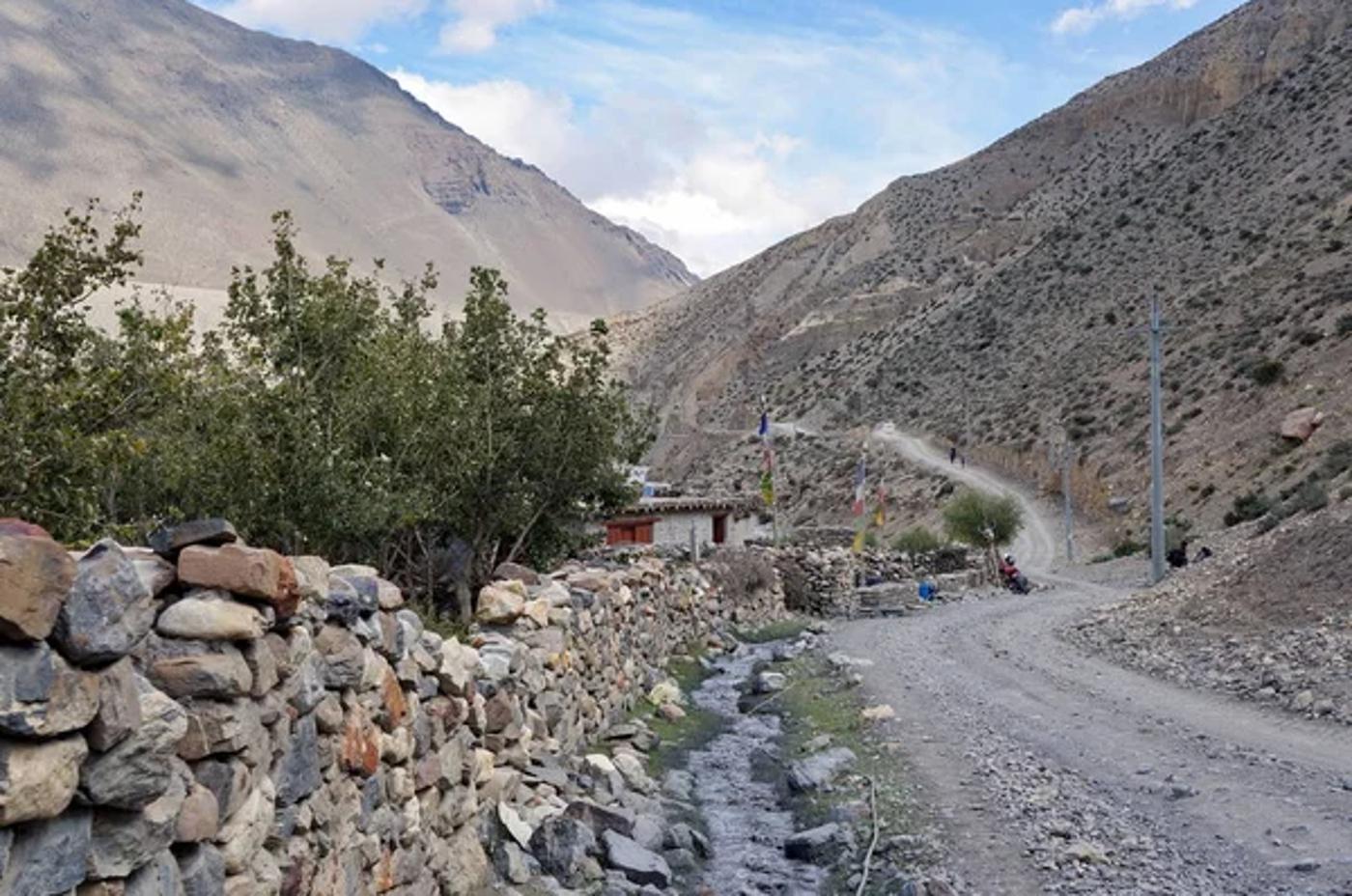
One small town called Samdzong has seen several horrific periods of drought over the past thirty years. They began in the 1990s, and life in Samdzong became almost unbearable. Their livestock began to die, their crops wilted before harvest, and even many members of the community lost their lives to thirst.
Bhakki Gurung, a 70-year-old resident of Samdzong explained, “I lost two of my newborns. We didn’t have any means to get any form of help or medical treatment. It seemed like a faceless enemy had put a curse on our village. I prayed and prayed to our gods and ancestors. But nothing worked.”
Flash Floods All But Destroyed the Town of Samdzong
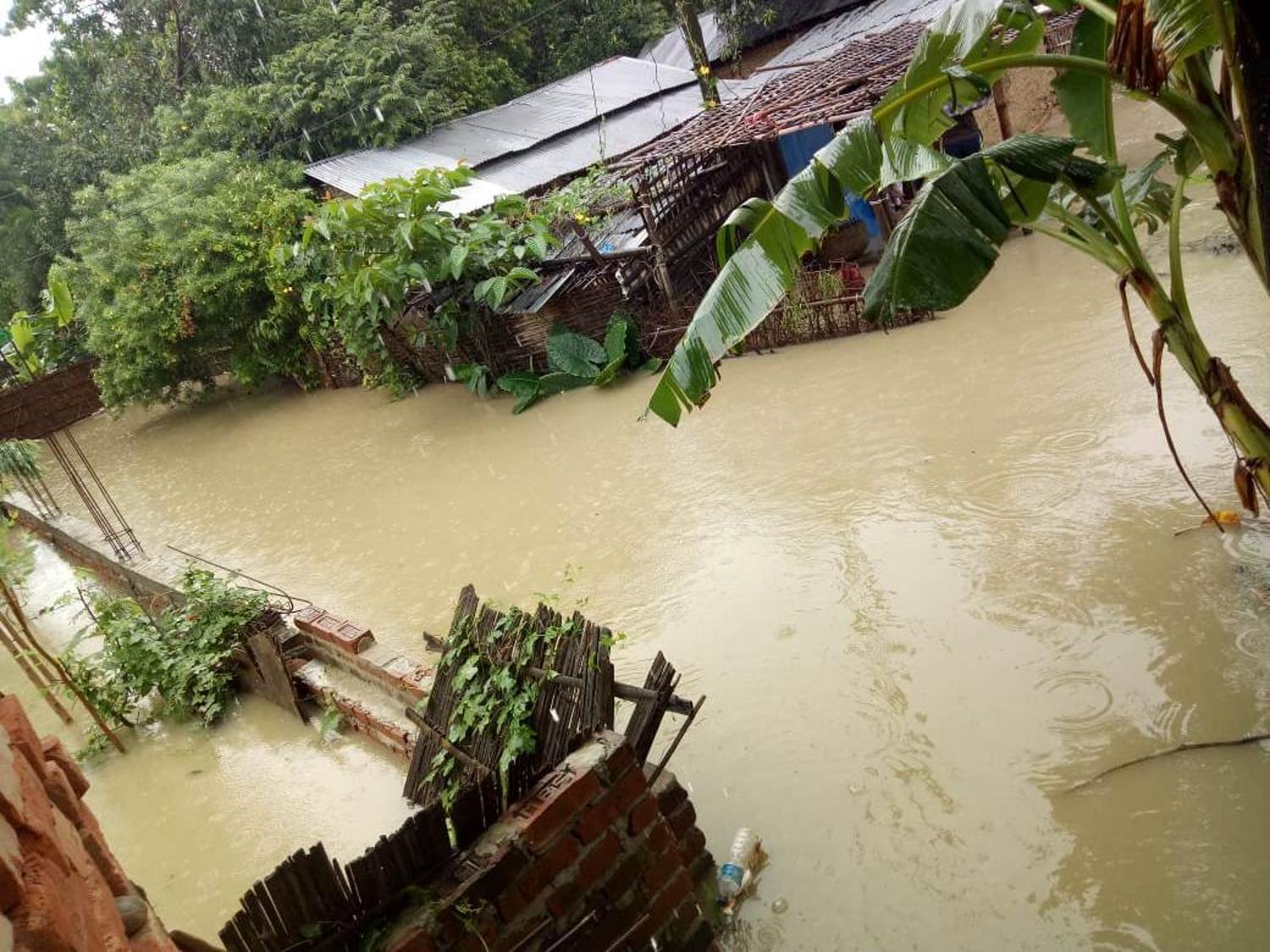
While the residents were desperate for clean drinking water, their beloved town was also being plagued by horrific flash floods. The Upper Mustang typically only receives around 7.9 inches of rain per year, so a season of heavy rainfall can devastate the natural ecosystem and flood its small glacier-fed streams.
One such flood in 1988 burst a nearby glacial lake, destroying 36 houses and killing countless livestock that the people of Samdzong needed to survive.
How Can Floods and Droughts Occur in the Same Place?
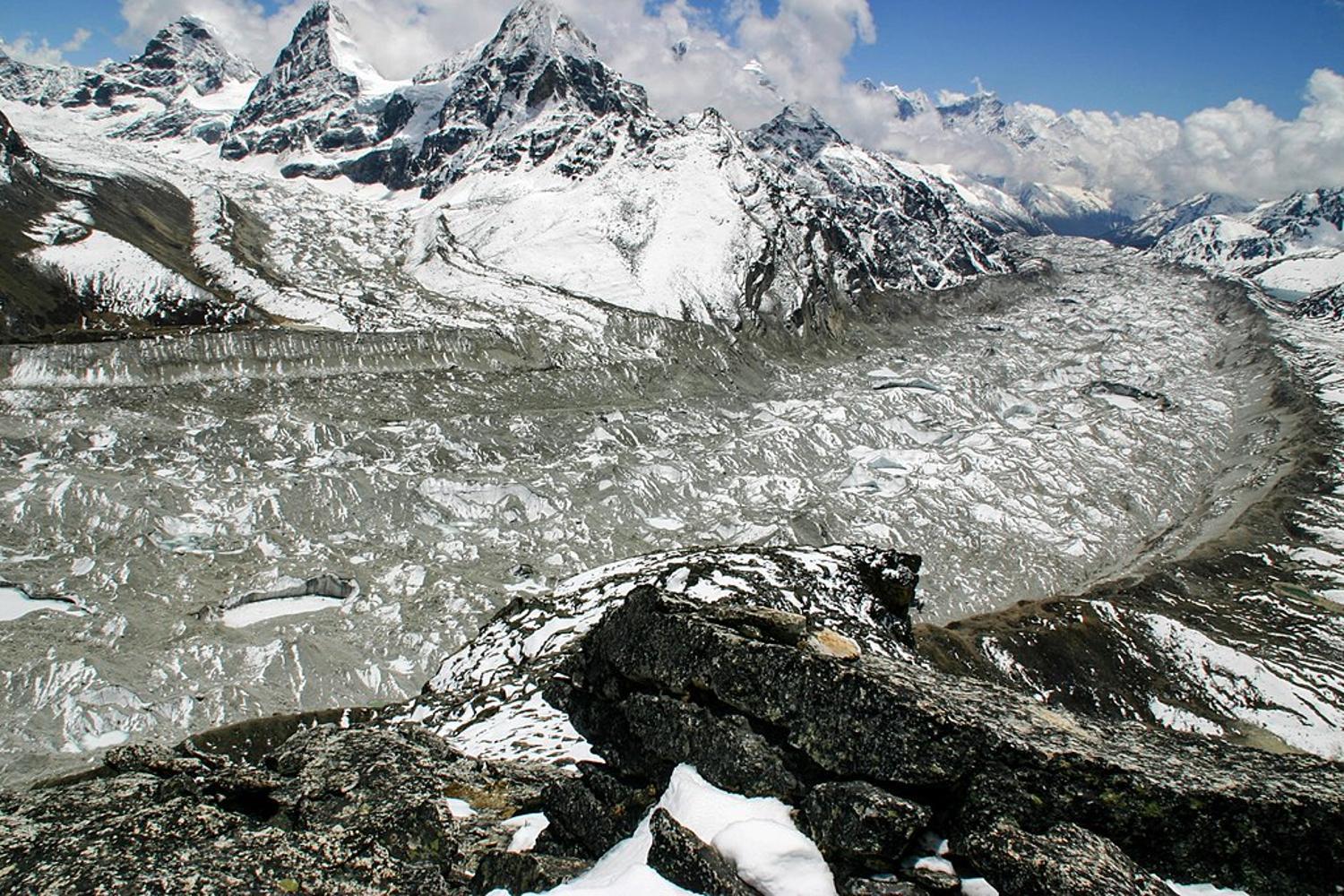
Although it may sound contradictory, drought and flash floods often go hand-in-hand. The changing climate on Earth has led several regions to experience long dry periods, followed by intense rain or snowfall.
Because Samdzong and other Upper Mustang towns were built below or next to glaciers, when the precipitation comes all at once, their homes almost immediately flood. Meanwhile, they still don’t have clean drinking water because the streams have been ruined by run-off.
Samdzong Was Then Considered High Risk for Landslides and Erosion

Additionally, after several periods of drought and numerous flash floods, the natural landscape of Samdzong had been compromised. The risk of erosion and landslides, which are ever present in these small mountain towns, intensified.
Finally, after years of trying their best to survive in Samdzong, the people who have lived there for centuries were sadly forced to move to a new location, Namashung, about ten miles away.
Starting From Scratch
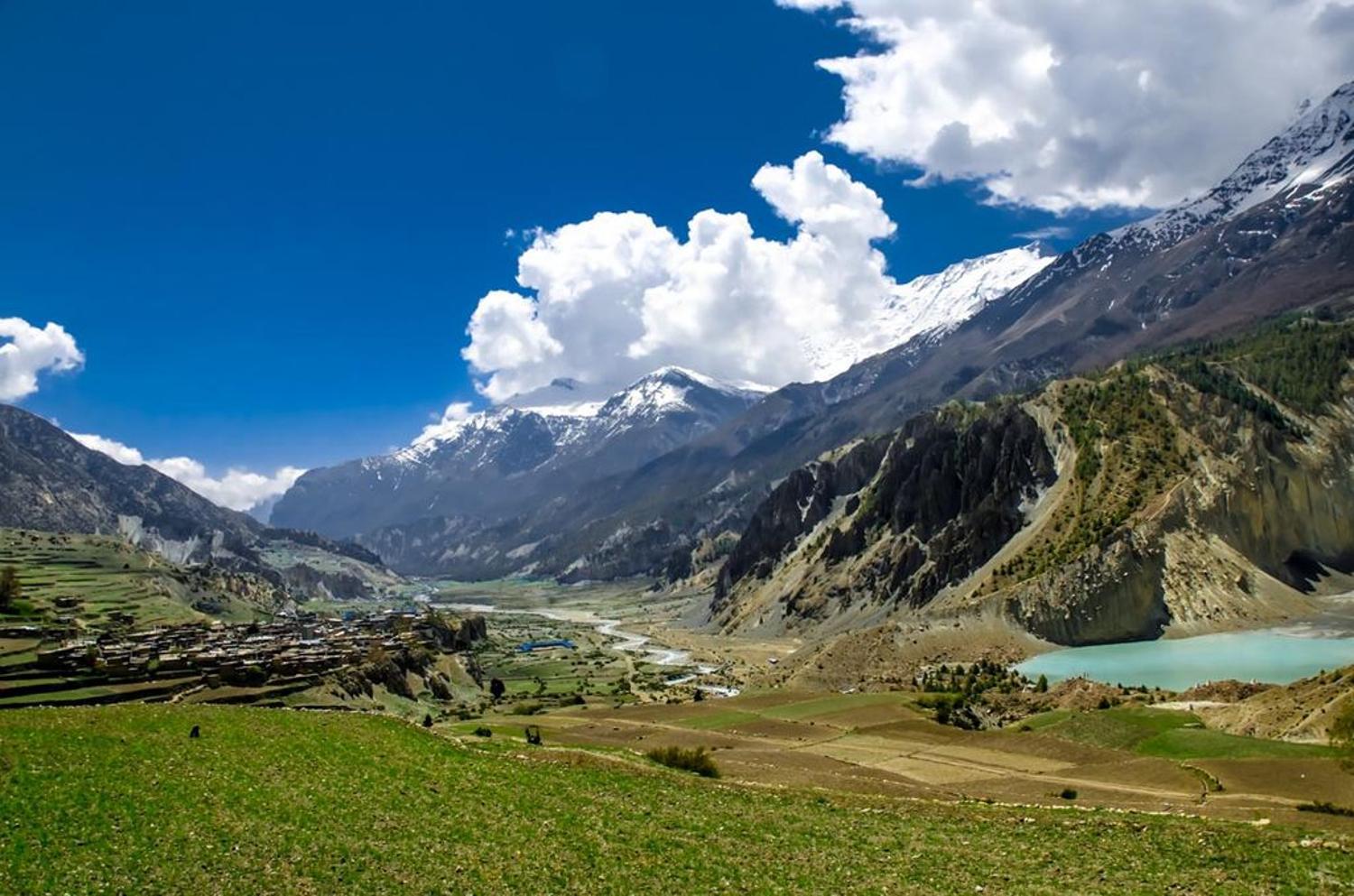
While a ten mile move may not seem consequential, it’s vital to understand what that means for these mountain dwellers. Namashung was not yet a town, just a patch of land at the foot of a mountain.
First they had to clear the land, including several large boulders. Then, they had to start building their new homes from soil, limestone, and the nails, locks, and glass they purchased at markets miles away. It took the whole village of 86 residents working together to build their 17 new homes. But finally, they felt safe once again.
Only Five of Samdzong’s Former Residents Decided to Stay Behind
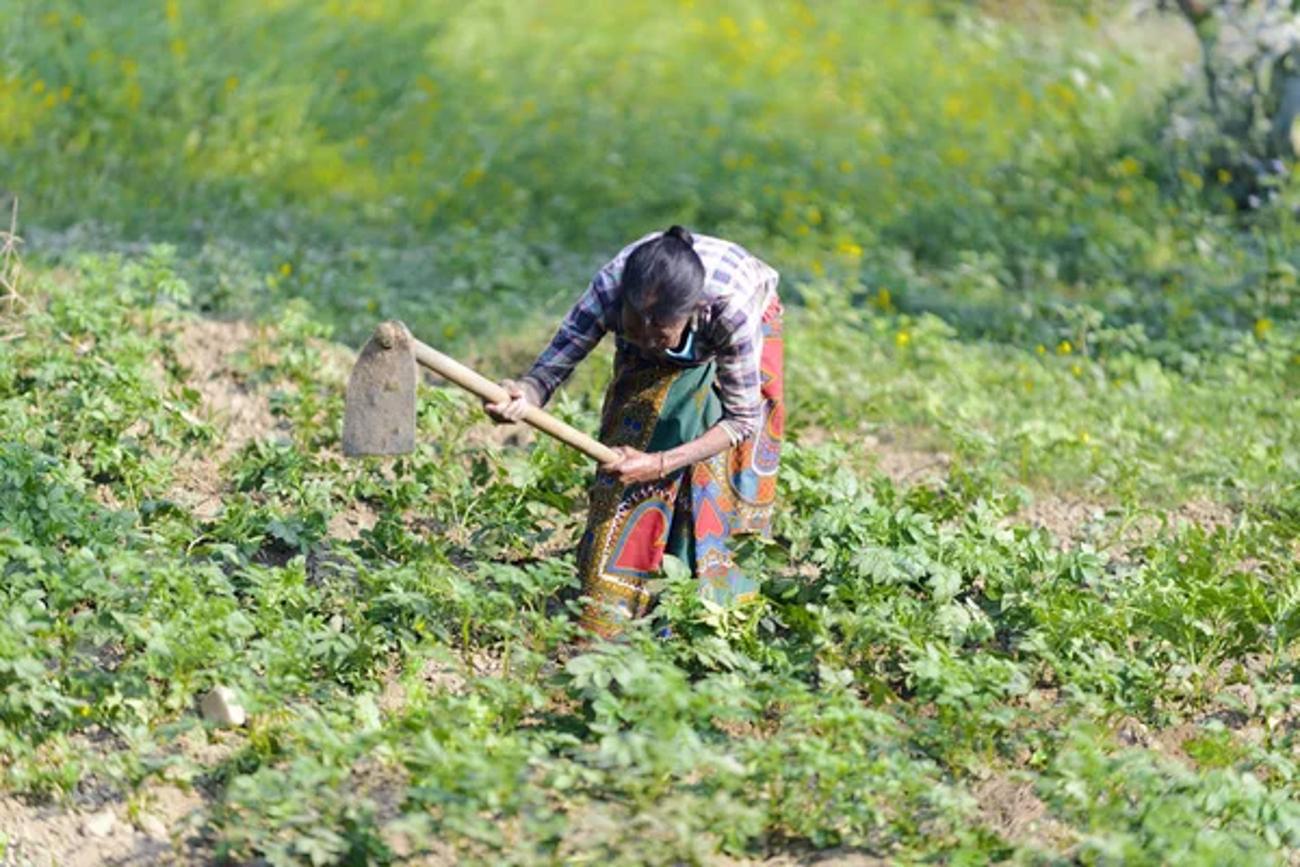
Of the 91 original residents of Samdzong, five stayed behind instead of moving to Namashung. With very little water, they grow wheat just once a year for the five of them to live on for 12 months, but their friends and family who moved bring them whatever else they need to survive.
Tinzen Angmu, who is 65 years old, remained in her childhood home; she explained, “We are only five people here, too old to leave and start over at the new village. This is our only home. It is all right here. Except for the emptiness…it’s scary sometimes.”
Samdzong Is Only One Example of the Devastation of Climate Change in the Himalayas
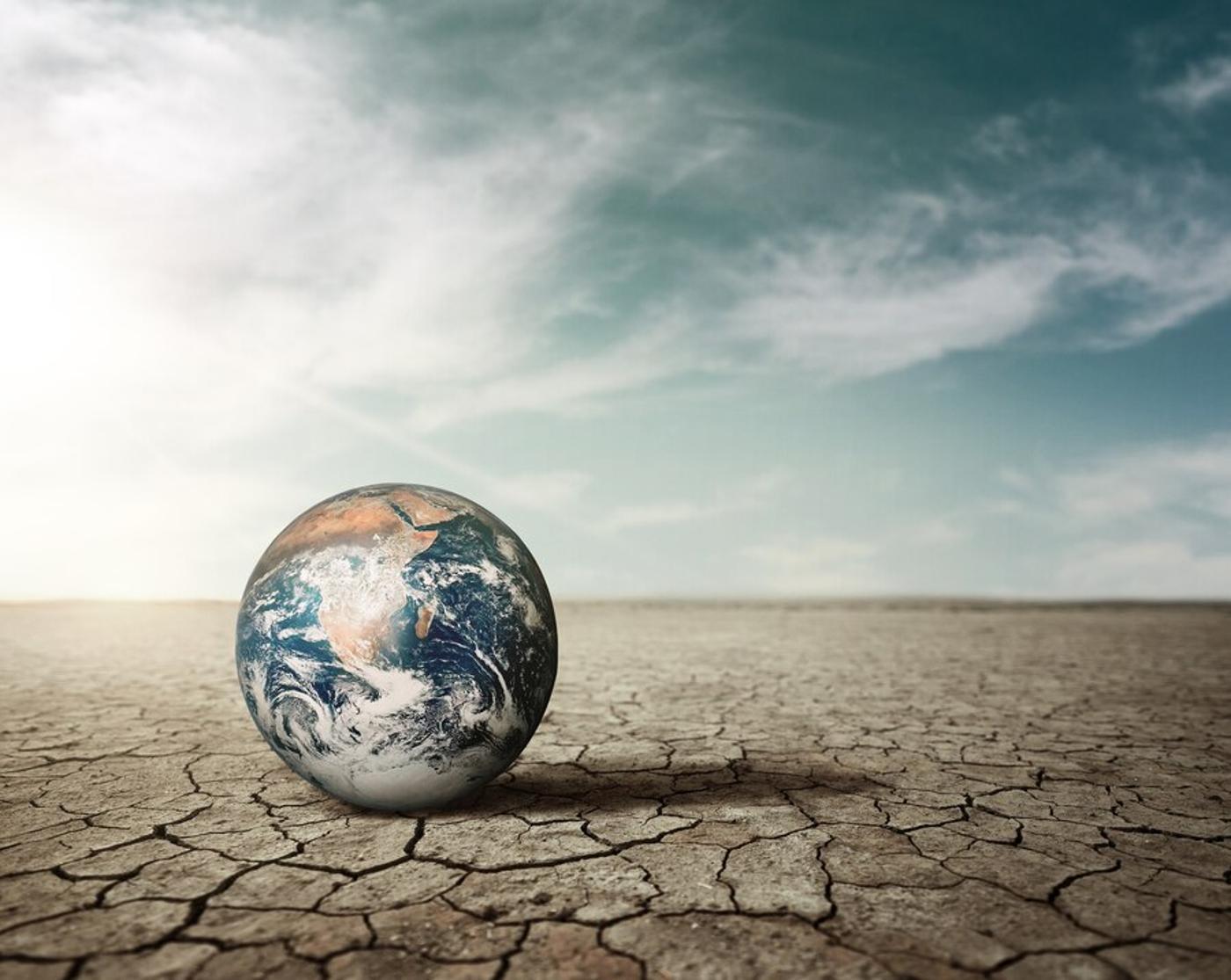
Samdzong is certainly not the only Himalayan town suffering from the side effects of climate change. The entire Upper Mustang region is either already facing similar challenges or expected to in the near future.
But as resident of Samdzong Pasan Tsering explained, “In the face of such obliteration, we needed to find alternative ways to think about our children’s future.”








































